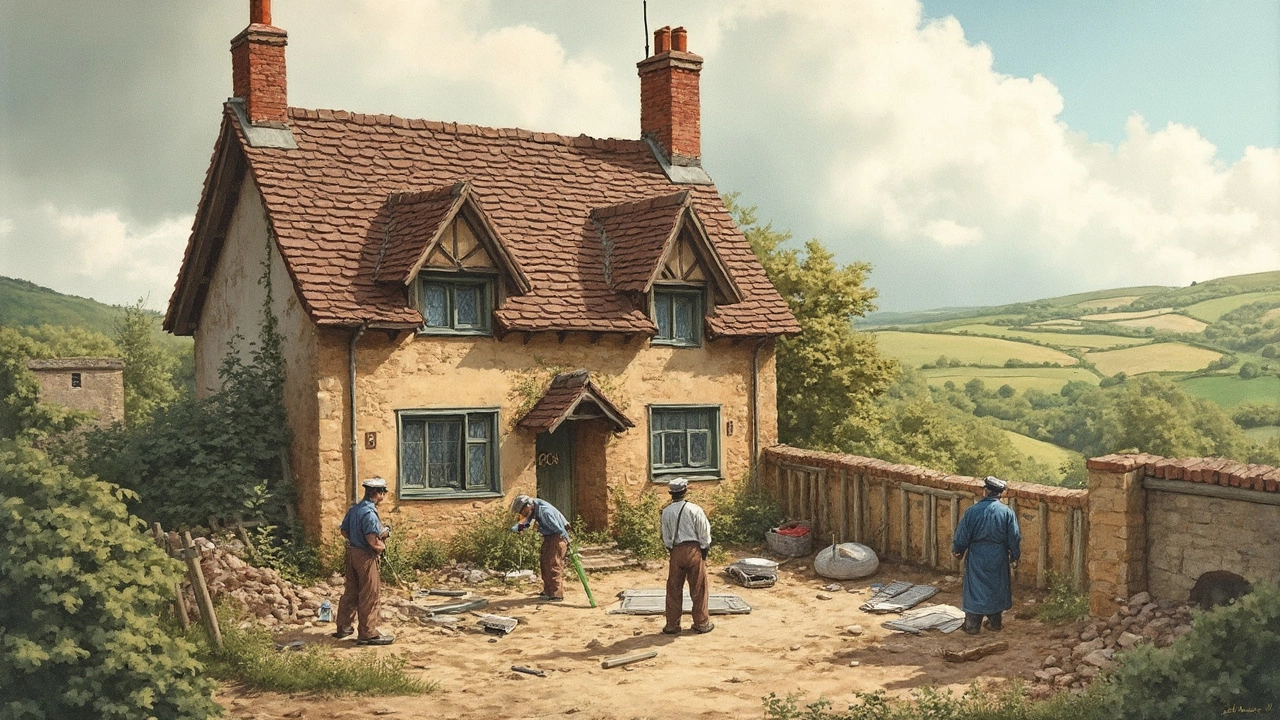Construction Costs: A Straight‑Talk Guide
If you’re planning a remodel, a new floor, or even a whole house, the first thing on your mind is probably the price tag. Construction costs can feel like a mystery, but they break down into a few clear parts. Knowing those parts helps you avoid surprise invoices and keeps your project moving.
At First Choice Flooring Solutions we see the same questions over and over: Why is my quote higher than I expected? Which items can I trim without hurting quality? The answers start with a solid budget plan that covers materials, labour, permits, and the inevitable hidden costs.
Common Cost Drivers
Materials are the biggest single expense. From engineered hardwood to luxury vinyl plank, price varies with brand, thickness, and finish. Flooring alone can run anywhere from £30 to £120 per square metre, depending on choice. Add in sub‑floor preparation, adhesives, and underlay, and the figure climbs quickly.
Labour costs follow a similar pattern. Skilled installers charge by the hour or by the square metre. Complex layouts, tight spaces, or existing floor removal increase the labour bill. Don’t forget that electricians or plumbers may need to step in if you’re changing room use or installing new heating systems.
Permits and inspections are often overlooked. Local councils require planning permission for major structural changes, and a missed permit can halt work and add fines. A quick call to the council early on can save weeks of delay.
Lastly, hidden costs creep in when projects run longer than planned. Weather delays, unexpected foundation issues, or discovering mold (yes, even in new builds) can add thousands. Having a contingency fund of 10‑15% of the total budget is a smart safety net.
Saving Strategies for Homeowners
Start with a realistic scope. List every room, square metre, and desired finish before you talk to contractors. The more detail you provide, the tighter the quote you’ll receive.
Shop around for materials. Many suppliers offer trade discounts or bulk deals. If you’re flexible on colour or brand, you can shave up to 20% off material costs without sacrificing durability.
Combine work phases where possible. Doing flooring and painting in the same week reduces labour overlaps and cuts travel time for the crew, which lowers the hourly rate you pay.
Consider DIY prep work. Removing old carpet, cleaning the sub‑floor, or moving furniture can be done by you, leaving only the skilled installation to the professionals.
Ask for a breakdown of the quote. A transparent estimate shows exactly where money goes, and you can negotiate line items like waste removal or extra finishes.
Finally, schedule work during the off‑season. Contractors often have slower periods in winter or early spring, and they may offer better rates to keep business flowing.
By keeping these points in mind, you’ll have a clear picture of where every pound goes and how to keep your construction costs under control. At First Choice Flooring Solutions we’re happy to walk you through each step, from material pick‑list to final finish, ensuring you get the best value without surprise bills.
What Is the Most Expensive Foundation Repair?
- Gavin Whitaker
- |
- |
- 0
Foundation repairs are an essential aspect of home maintenance, but they can significantly impact your budget. Understanding the most expensive types of foundation repair can save homeowners money and headaches in the long run. This article explores the factors that make these repairs costly and offers tips on prevention and solution options. With a proactive approach, maintaining a solid foundation becomes manageable.
View more